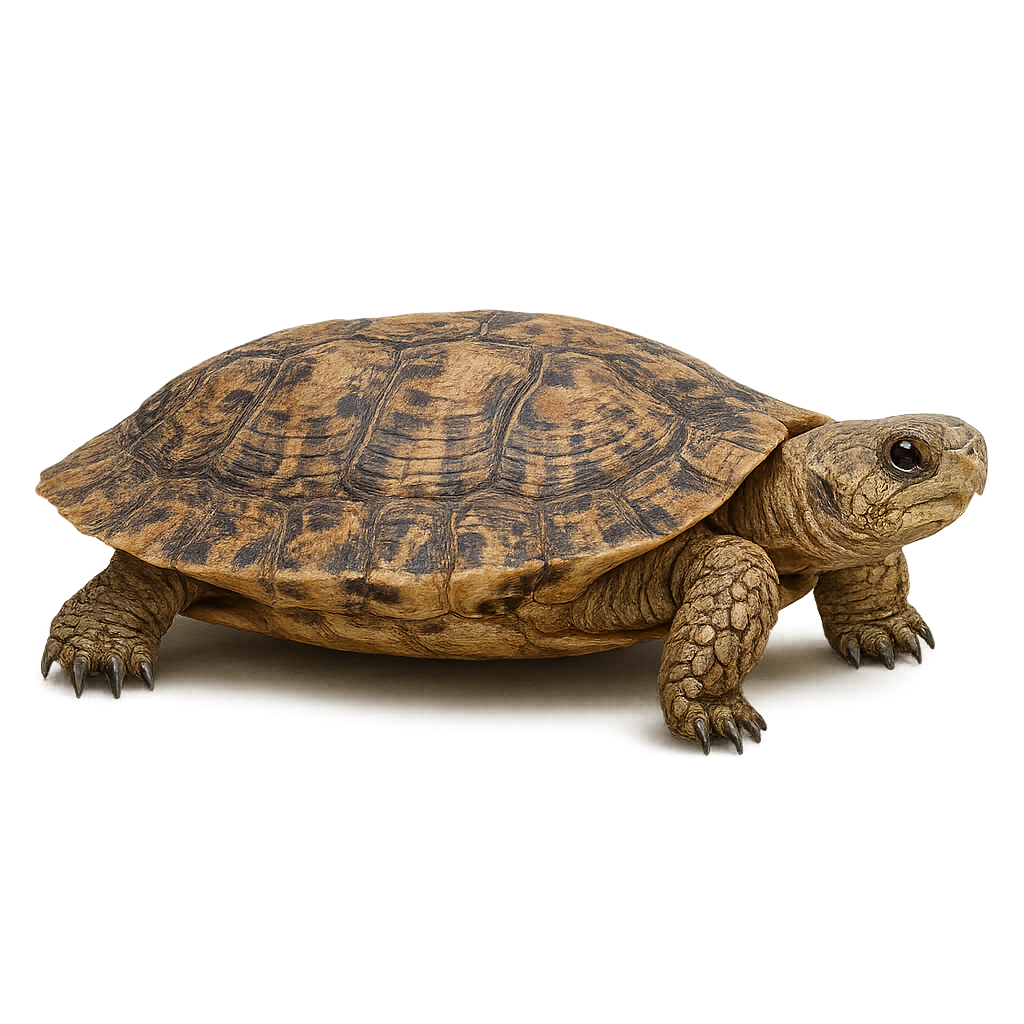Your wildlife photography guide.
Explore the pancake tortoise in detail, study its behavior, prepare your shots.
Where to observe and photograph the pancake tortoise in the wild
Learn where and when to spot the pancake tortoise in the wild, how to identify the species based on distinctive features, and what natural environments it inhabits. The WildlifePhotographer app offers tailored photography tips that reflect the pancake tortoise’s behavior, helping you capture better wildlife images. Explore the full species profile for key information including description, habitat, active periods, and approach techniques.
Pancake Tortoise
Scientific name: Malacochersus tornieri

IUCN Status: Vulnerable
Family: TESTUDINIDAE
Group: Reptiles
Sensitivity to human approach: Not very shy
Minimum approach distance: 3 m
Reproduction period: N/A
Incubation: 120–180 jours
Births: N/A
Habitat:
Rocky regions, dry savannas, arid zones
Activity period :
Active during the day when temperatures are favorable, often seen basking in the sun.
Identification and description:
The pancake tortoise, or Malacochersus tornieri, is a fascinating species of terrestrial tortoise native to East Africa, primarily in Tanzania and Kenya. It is distinguished by its exceptionally flat and flexible shell, which allows it to slip into rocky crevices to protect itself from predators. This unique adaptation is essential for its survival in the arid and rocky habitats it frequents. Typically measuring between 15 and 18 cm in length, this tortoise has a brownish coloration with irregular patterns that provide excellent camouflage. It is primarily herbivorous, feeding on various succulent plants and dry vegetation. Unfortunately, the pancake tortoise is threatened by habitat destruction and the illegal pet trade, leading to its classification as a vulnerable species by the IUCN.
Recommended lens:
Macro – adjust based on distance, desired framing (portrait or habitat), and approach conditions.
Photography tips:
To photograph the pancake tortoise, it is advisable to use a macro lens to capture the unique details of its flat and flexible shell. Approach slowly and discreetly to avoid startling it, maintaining a safe distance of at least 3 meters. Take advantage of natural daylight, as this tortoise is diurnal, and try to capture images in its natural habitat, such as rocky crevices. Be patient and wait for it to move to get dynamic shots.
The WildlifePhotographer App is coming soon!
Be the first to explore the best nature spots, track rutting seasons, log your observations, and observe more wildlife.
Already 1 449 wildlife lovers subscribed worldwide

